Year 3 English
Year 3 English tutoring at Matrix will help your child improve their reading and writing skills.
Learning methods available
Select a year to see available courses

Here, you’ll find the top 10 books for Year 3 and 4 students (or kids aged 8 – 9). At this stage in your child’s reading, picture-based books like graphic novels still play an important role, so don’t underestimate them! That said, your child should be becoming more familiar with the novel form, so we’ve collected a list of the very best novels ( both graphic and regular).
Each title has been hand-selected based on three criteria: its enjoyment/entertainment value, its educational/moral content, and finally, its capacity to develop your child’s English literacy.
So, if you’re looking to support your child’s love of reading and the development of their academic English, you’re in the right place. Now, without further ado, take a look at our selection of the best books for Year 3 and 4 students.
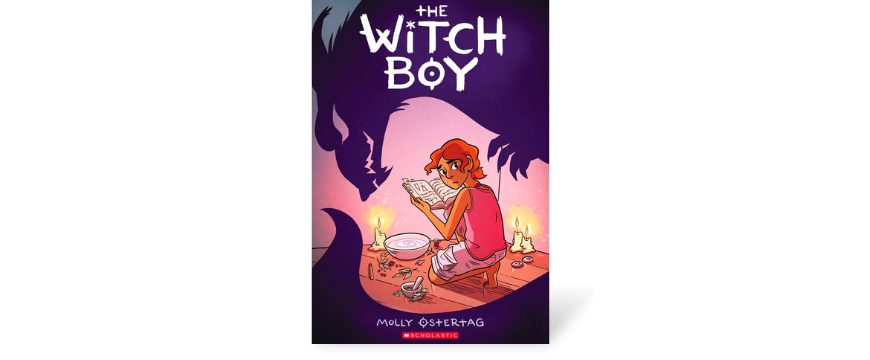
Magic runs in Aster’s family’s blood, and as per their tradition, the boys are to become shapeshifters while the girls are taught lessons in witchcraft. The only problem? Aster has no interest in shifting into beasts like his brothers. Will Aster’s decision to study witchcraft in secret be exactly what saves his family from a dangerous new threat?
This elegantly illustrated graphic novel explores identity, the weight of familial expectation, and the impulse to conform. Don’t be fooled by the pretty pictures! The Witch Boy is a powerful and highly philosophical text. In a world where difference is punished, Ostertag reminds children that their greatest strengths reside in their individuality, and their conviction to stay true to themselves. A fantastic option for visual learners, comic-lovers, and those with a penchant for trying to “fit in”.
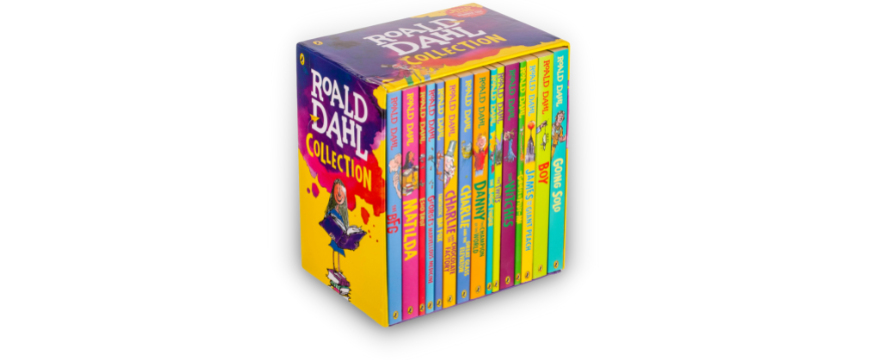
Despite serving as both a commanding Intelligence Officer and an ace Military Aviator for Britain during WW2, Roald Dahl is best known today for his children’s fiction. And for good reason. Rich with adventure and wry humour, Dahl’s works explore the vulnerabilities, tragedies, and triumphs that come with being a child in an adult’s world.
Young readers will no doubt resonate with Dahl’s empowering message: though being small and young sometimes means being undervalued and overlooked, you are more capable than you realise. While Dahls’ entire novel collection can be purchases as a box set (a cheap and highly effective option), individual titles we recommend include Matilda, The Witches, Charlie and the Chocolate Factory, Fantastic Mr Fox, James and the Giant Peach, and The Big Friendly Giant.
Disclaimer: It should be noted that, as with all older publications, Dahl’s books reflect the values and prejudices of his time. While attempts have been made to edit Dahl’s works to reflect present-day cultural sensitivities (such as publisher Puffin removing descriptors like “fat” and “ugly”), original copies remain in circulation. That said, as long as Dahl’s works are placed in context, and caregivers feel empowered to discuss why some of Dahl’s characterisations are offensive today, children should remain free to enjoy his work.
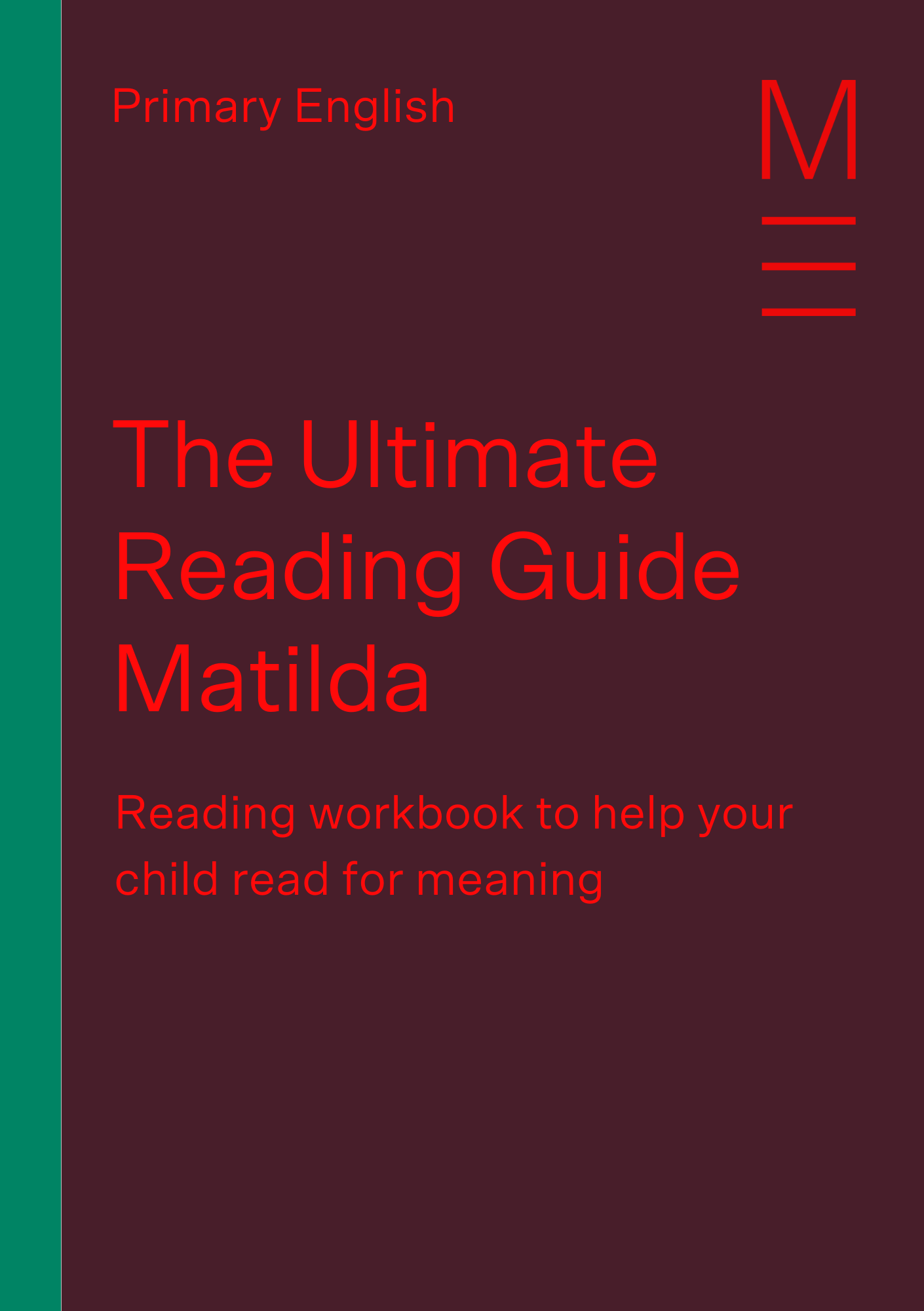
Download your free Matilda Reading Workbook!
Help your child improve their literacy, comprehension and
wide-reading skills.
Done! Your download has been emailed.
Please allow a few minutes for it to land in your inbox.

We take your privacy seriously. T&Cs and Privacy Policy.
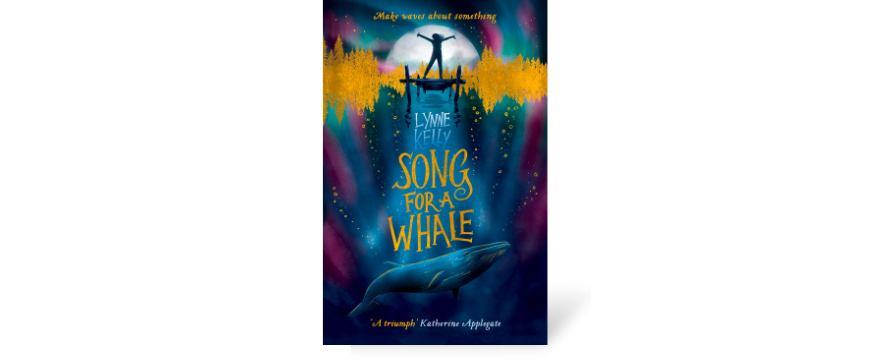
Twelve-year-old Iris is a tech-genius, a pro at fixing radios, and she’s deaf. Though people like to make assumptions about her, Iris’ deafness has never really bothered her. After all, she was born deaf, and both her grandparents are deaf too (and very competent at sign language).
Nonetheless, loneliness begins to set in when Iris’ grandfather dies and her grandmother withdraws from her. On top of all that, Iris’ father is hopeless at sign language, teachers don’t know how to approach her, and overly “helpful” classmates like to use her to show off their sign language fluency (without actually listening to her).
Alienated and confused, Iris learns about Blue 55, a real whale who is unable to communicate with other whales. Can Iris use her knowledge of radios to invent a way to “sing” to him? Can she find a way to reach a lonely creature drifting through the deep ocean almost 5000 kilometres away?
Kelly’s novel is about yearning for connection, and how, with empathy and courage, we can find it in the most unlikely places. As a practising sign-language interpreter for over two decades, Kelly’s experience lends a distinct veracity to her exploration of deafness. Moreover, though we’re quite positive the author has no experience being a whale, the chapters from Blue 55’s perspective offer a poignant insight into the titular character’s animal mind.
Disclaimer: While author Lynne Kelly has a breadth of experience as a sign language interpreter, she is not deaf herself. When examining texts written from the perspective of minority groups, it is important to acknowledge when the author does not belong to that group. While this should not preclude readers from enjoying Kelly’s work, her book should be viewed critically, and should not be treated as a precise or accurate reflection of the experiences of deaf people. For such accounts, readers are encouraged to seek out resources authored by deaf people.
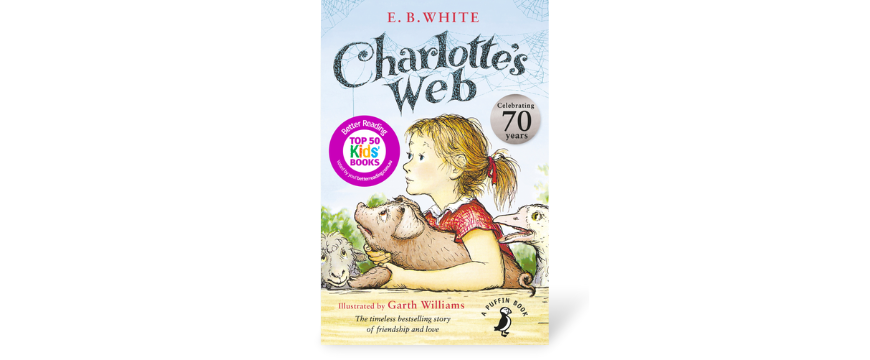
Rambunctious farm-pig Wilbur is going to be slaughtered for his meat, but the spider perched above his enclosure is as clever as she is kind. Weaving complimentary phrases like “Some Pig” and “Terrific” into her web, Charlotte convinces astonished farmers and visitors alike that Wilbur is a miracle worth saving.
This novel’s nuanced yet powerful exploration of love, self-sacrifice, and change has cemented its place as a timeless classic of children’s literature. A perfect family read full of heart, suspense, and beautifully simple prose.
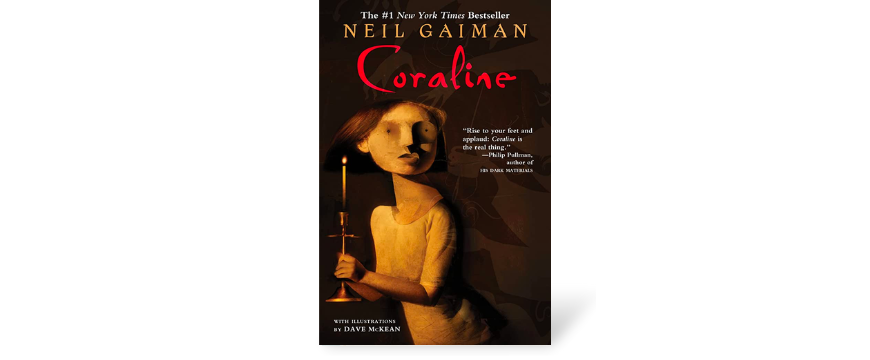
Coraline Jones’ parents are always busy, and her adventurous spirit quickly grows bored of their dull apartment. That is, until the nine-year-old chances upon a parallel universe, complete with its own version of her mother and father who look almost identical, apart from the fact that they have buttons for eyes.
To her delight, Coraline’s “Other Mother” and “Other Father” are much more fun and entertaining than her real parents.
However, when she returns to the real world, she is shocked to discover that her real mother and father have been kidnapped by the Other Mother. Coraline soon discovers that the Other Mother is a witch, and her offerings of delicious food, love, and attention were just ploys to lure Coraline into her world and steal her soul. With the help of a talking black cat and a few helpful ghosts, Coraline must find a way to free her parents from the Other World.
Gaiman’s children’s novella (or short novel) won both a Hugo and Nebula award, the two most prestigious awards for Science Fiction and Fantasy literature. While it explores some dark themes, the plot is masterfully designed and Gaiman narrates the tale with skill and elegance. Children will enjoy this tale for its artfully constructed suspense, not to mention its resourceful and astute protagonist. Meanwhile, adults will enjoy the narrative’s two distinct allegories:
As a novella, Coraline is a much shorter read than your typical novel, making it a perfect and gripping first read for students who are looking to transition from lighter, picture-based reading to the (much denser) novel form. Coraline is also a particularly good choice for book club, or for caregivers looking to read with their child. Not only will your child benefit from your insight, but you’ll likely find the book quite enjoyable yourself.
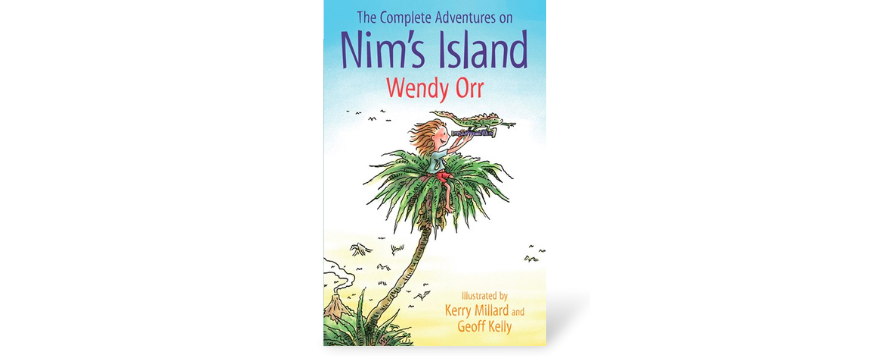
Nim and her marine-biologist father live a happy life on a remote jungle island. Well, they did, until the latter disappeared at sea during a terrible storm. Awaiting her father’s return, Nim must learn to take care of the island, her animal friends, and herself, all while fighting off the terrible thought that her father may never return. Can Nim overcome her fear? Can she tame the wild happenings of her island home using her wits alone?
Well, technically she isn’t completely alone. Thanks to the satellite her father installed, there is always the occasional advisory email from her distant pen pal: the famous explorer “Alex Rover”. But, when he finally reaches her island, will the author of Nim’s favourite adventure books be the person she expects?
Nim’s Island is not only rich with adventure, but it is also a lesson in loss, courage, and on the merits of found family. The novel is perfect for children aged seven to ten who enjoy stories with heart, action, and a healthy dose of lava.
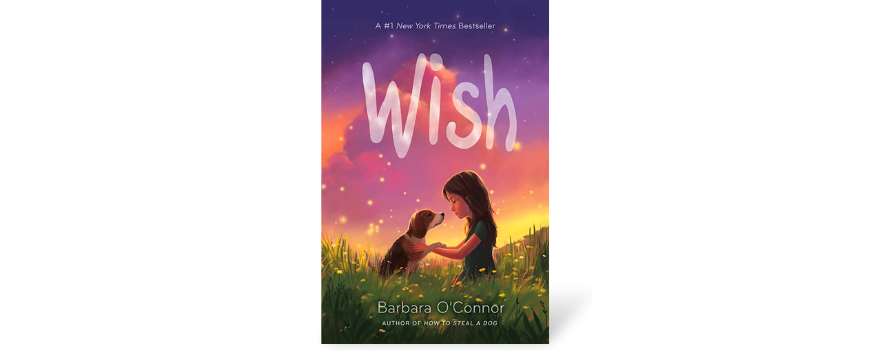
When social services discover that Charlie’s parents aren’t exactly perfect, she is sent to live in the “hillbilly” countryside with an Aunt she doesn’t even know. At first, Charlie feels alienated from her new home and the rural folk around her, who she thinks probably eat squirrel sandwiches.
But after adopting a stray dog (who is as feisty as she is) and developing a surprising friendship with her neighbour Howard, Charlie begins to realise that the family she’s been wishing for her entire life might be right in front of her.
O’Connor does a masterful job of infusing suffering with hope, and making difficult concepts like neglect and alienation accessible to children. Wish is a novel about found family, a story that will comfort and empower anyone who has ever struggled to belong.
But don’t be fooled, this book isn’t just for lost souls! One day (if not already), your child will have a classmate in foster care or a friend with a difficult home life. When that happens, this book might just be the first lesson in empathy they need to begin supporting others in need of family.
Once a year, the town deserts their youngest infant in the woods, a “gift” to placate the evil witch Xan. But Xan is actually a good witch, and always safely takes these children to be raised in another town. One day, however, she accidentally feeds one of the infants moonlight instead of starlight.
The child, who she names Luna, is now magical, so Xan chooses to raise her herself, knowing that her newfound powers could harm other humans. But, as these powers become more difficult for Luna to control, the duo must face an onslaught of villainy, adventure, and sacrifice in order to save her.
Barnhill’s middle-grade fantasy novel is elegantly written, rich with complex protagonists and humanised villains. Spellbinding fairy tale elements ensure the story regularly sprout wings and lifts off the page (a magic that seems quite appropriate for a narrative about witches).
Weaving together sorrow, suspense, and wit, the story offers a complex yet captivating look at morality and love. As Diana Wagman of The New York Times put it, “the young reader who devours [Barnhill’s novel] now just for fun will remember its lessons for years to come”.
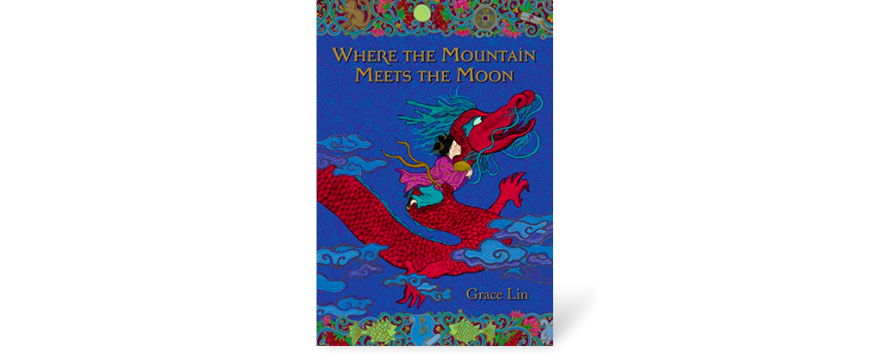
Two fantasy books with “moon” in the title! Seems we’re going through a bit of a lunar phase… (get it?). Moving on! In Where the Mountain Meets the Moon, Ten-year-old Minli lives in the Village of Fruitless Mountain, a mud-covered town afflicted with famine and infertile soil.
While her Ba spends their dinners spinning fantastical tales of adventure, Minli’s Ma resents such “nonesense”, embittered by the family’s state of poverty. Eventually, on the advice of a talking goldfish, Minli sets out to find “the old man of the moon”. Legend claims he is omniscient, and it is Minli’s hope that he holds the key to prosperity for her village.
Accompanied by a flightless dragon she meets along the way, Minli must outsmart mischievous monkeys, outrun a poisonous green tiger, and stitch a kite from the red string of destiny, all on the quest to save her home. But, when it finally comes time to ask the old man her question (for only one is permitted), what question will she choose?
Lin’s fantasy-adventure novel is not only a heartrending and beautiful tale of sacrifice and friendship, but it also champions diversity in children’s literature. A Vietnamese-American author herself, Lin takes great care to construct a brave and adventurous Asian protagonist free from common Eurocentric stereotypes.
Moreover, the world itself draws inspiration from Chinese folklore, brought to life through a series of full-colour, calligraphy-style illustrations. A perfect introduction to the novel form for those who aren’t quite ready to say goodbye to pictures.
Peony wants nothing more than to be a bee. No, not the “bzzzzz” kind. In this book, set in an alternative timeline in which bees have become extinct, it is up to the quickest and bravest kids, or the “bees”, to climb fruit trees and pollinate their flowers by hand.
However, Peony’s dream is crushed when she is swept from her grandfather’s fruit farm and plonked in the middle of the city to live with her mother. What will Peony do when she finds herself thousands of kilometres from the only life she has ever known?
Though now based in Western Australia, author Bren MacDibble grew up on farms across New Zealand, and it’s telling. Her descriptions of farm life have an authenticity and visual richness that can only come from a mind cultivated among trees.
Moreover, Peony, the novel’s protagonist, has a fierce voice; her charm and tenacity make her easy to connect with, which is a dangerous thing indeed. Readers should prepare to find empowerment in her triumphs, and devastation in her sorrows.
© Matrix Education and www.matrix.edu.au, 2023. Unauthorised use and/or duplication of this material without express and written permission from this site’s author and/or owner is strictly prohibited. Excerpts and links may be used, provided that full and clear credit is given to Matrix Education and www.matrix.edu.au with appropriate and specific direction to the original content.